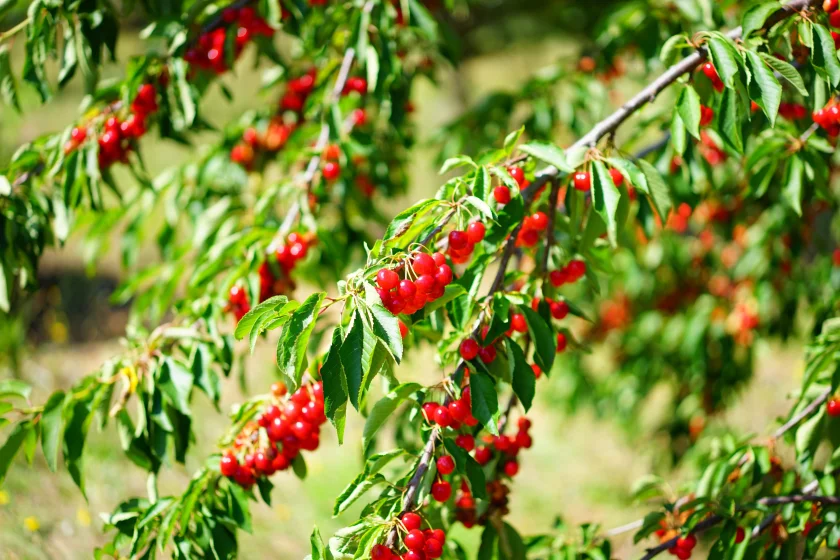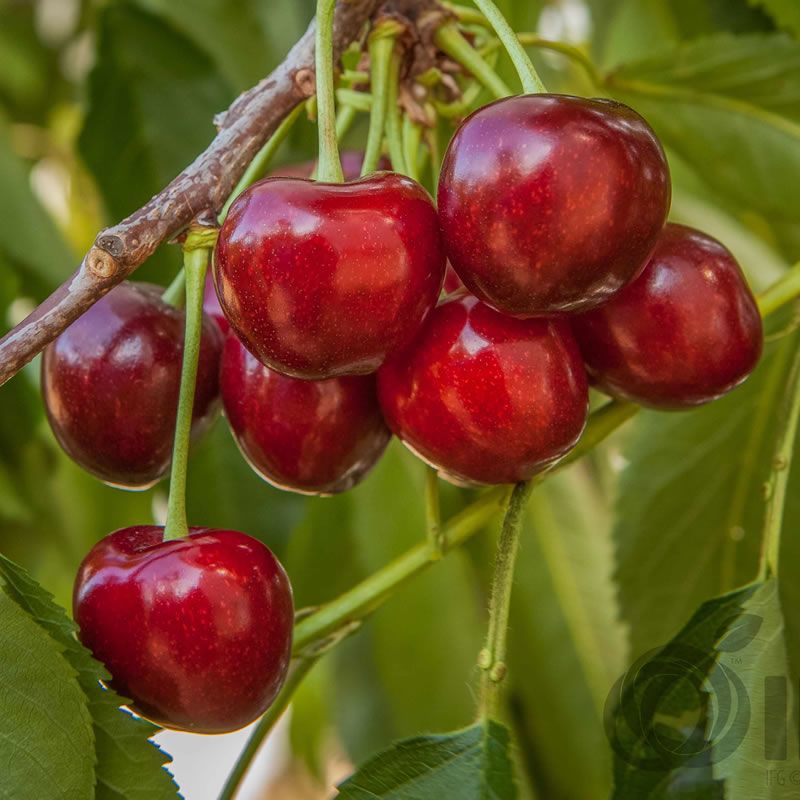In a context where 90% of Chilean cherries are exported to China, the segment dedicated to the Chinese market during the Global Cherry Summit 2025 was among the most anticipated. The meeting offered an overview of the Asian country's economic transformations, emerging consumer habits, and the crucial influence of social media on the perception of fresh produce.
China’s economy transforms
Rena Ma, senior analyst in the consumer food sector for RaboResearch, opened the session with an in-depth analysis of the Chinese economic situation. While still one of the world’s production engines, China is undergoing a rebalancing phase, with increasing focus on domestic consumption as a strategic development lever.
"Our economy still has huge consumption potential to express," Ma explained. "But to do so, we need new growth drivers, new productive forces, and an evolution of the model toward dual circulation."
Trade tensions with the USA
According to RaboResearch, the impact of lost exports to the United States due to trade tensions would result in a decline of less than 3% for the Chinese economy. However, to compensate, Beijing aims to diversify markets, strengthen competitiveness, and—above all—encourage domestic consumption.
During the Central Economic Work Conference in December 2024, increasing consumption was listed among the nine strategic priorities for 2025. Among the adopted measures: subsidies for low-income groups, minimum wage increases, and mortgage rate reductions.
Opportunities and challenges
Chilean cherries, once a symbol of luxury, recently experienced a difficult season. An oversupply led to falling prices, while food safety concerns damaged their image.
Despite the difficulties, Rena Ma remains optimistic: "The consumer base is expanding. Cherries are no longer just a gift, but a personal pleasure. Moreover, the growing interest in healthy diets still makes them attractive, especially for younger generations."
The seasonality of Chilean cherries, arriving right during the Chinese festive period, represents a crucial competitive advantage.
Social media and reputation
The negative season was amplified by a media storm on social networks. Hector Zhang, marketing manager at Frutas de Chile, emphasized how online reputation is now critical to the commercial success of fruit.
"In China, people spend an average of 5.5 hours per day on smartphones (about 330 minutes), and 75.5% of the population is active on social media. Online recommendations influence purchasing decisions more than price itself."
Fake news and distorted perceptions
Zhang recalled how misinformation played a decisive role last season. A survey among exporters and importers indicated that negative—often unfounded—news was the second most influential factor in the sector's difficulties.
An emblematic case? A woman hospitalized after eating 1.5 kg (about 3.3 pounds) of cherries sparked a real wave of distrust, triggering concerns about preservatives and transportation.
Strategies and coordination
Frutas de Chile quickly responded with a targeted communication plan, involving mainstream media and specialized outlets to disseminate accurate data and reassure consumers. The fruit's nutritional benefits were emphasized to counter fake news.
For the future, Zhang recommends the creation of ready-to-use content, legal materials, and scalable resources to face media crises. Coordination will be crucial between Chinese and Chilean stakeholders to protect the industry's reputation in a market where every piece of news, true or false, can have global consequences.
Text and image source: freshfruitportal.com
Cherry Times - All rights reserved












